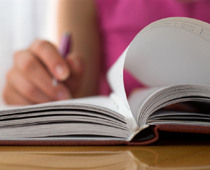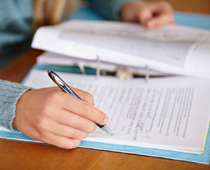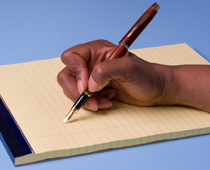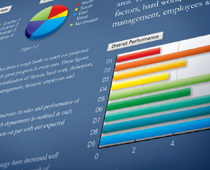
Ask the AI Tutor
Need help with Writing Reports? Ask our AI Tutor!
AI Tutor - Lucy
Connecting with Tutor...
Please wait while we establish connection
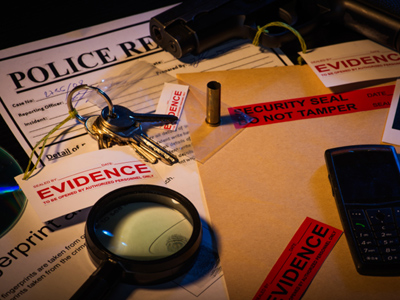
Do you know how to write a good report?
Writing Reports
Writing reports teaches pupils how to share information clearly. This KS2 English quiz explains how to use facts, formal language, and logical order in report writing.
To see a larger image, click on the picture.
1 .
2 .
3 .
What information is given by the title of a report?
An alphabetical list of the key words contained in the report.
The number of pages contained in the report.
The name of the story.
The subject of the report.
The title tells the reader what the report's subject is. A report about leopards will include the word 'leopards' in the title. For example, such a report might be called: 'Leopards and their habitat'.
4 .
How are reports organised?
Alphabetically.
Chronologically.
Reports are just lists of facts - they are not organised.
Sub-topics keep related material together.
The subject will be divided into several sub-topics. For example, when writing about penguins, you might include these sub-topics: diet, habitat, life cycle, types of penguins, etc.
5 .
6 .
7 .
8 .
9 .
10 .
Reports are written in ____.
first person
second person
third person
both first and second person
Reports should use 'he', 'she', 'it', or 'they'. You should avoid using 'I'. Some reports for children are written in a very chatty manner. These might also use the second person 'you', as well as the third person.
**Unlimited Quizzes Await You! 🚀**
Hey there, quiz champ! 🌟 You've already tackled today's free questions.
Ready for more?
Ready for more?
🔓 Unlock UNLIMITED Quizzes and challenge yourself every day. But that's
not all...
not all...
🔥 As a Subscriber you can join our thrilling "Daily Streak" against other
quizzers. Try to win a coveted spot on our Hall of Fame Page.
quizzers. Try to win a coveted spot on our Hall of Fame Page.
Don't miss out! Join us now and keep the fun rolling. 🎉
**Unlimited Quizzes Await You! 🚀**
Hey there, quiz champ! 🌟 You've already tackled today's free questions. Ready for more?
🔓 Unlock UNLIMITED Quizzes and challenge yourself every day. But that's not all...
🔥 As a Subscriber you can join our thrilling "Daily Streak" against other quizzers. Try to win a coveted spot on our Hall of Fame Page.
Don't miss out! Join us now and keep the fun rolling. 🎉






